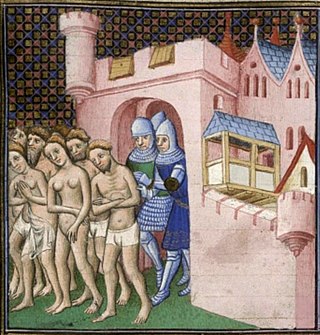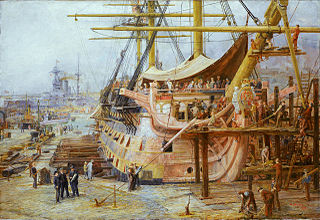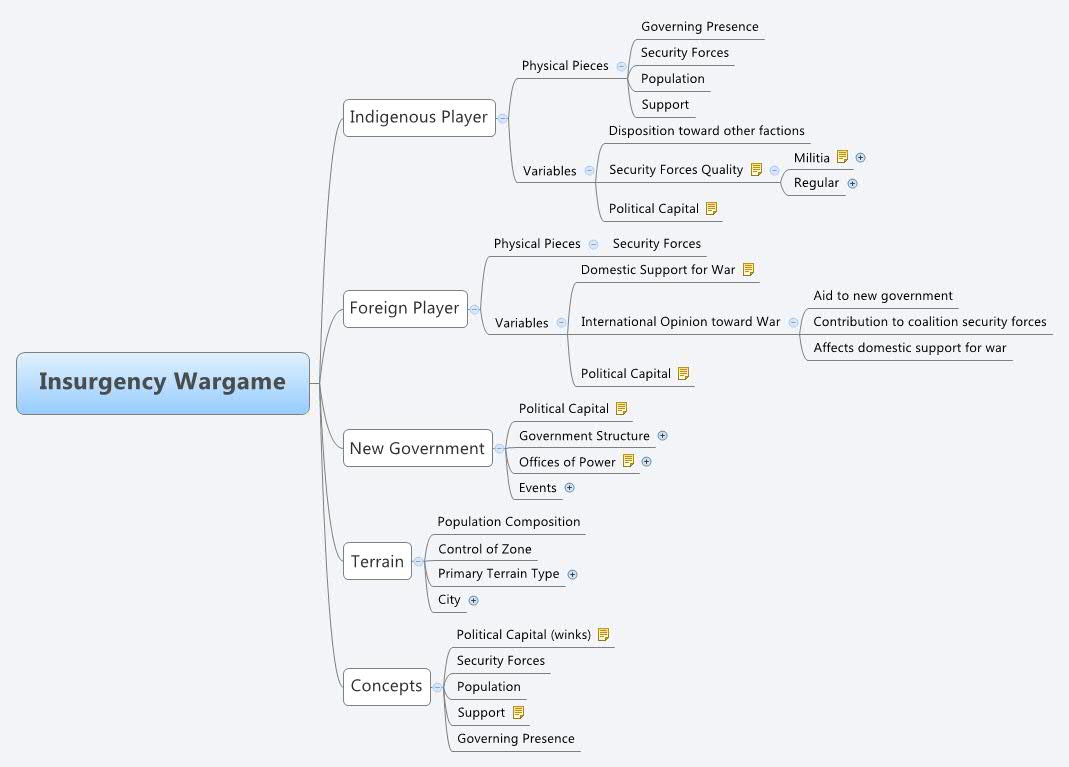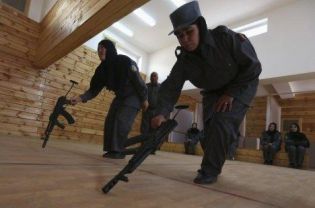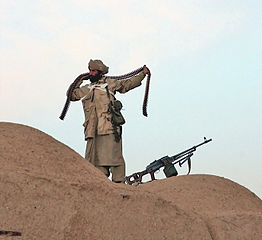Viewing the 13th Century Inquisition as a Papal counter-insurgency campaign
The Cathar movement in southern France posed the greatest threat to Papal authority and the Catholic Church up to that point in history. Such was the perceived danger that in launching the Albigensian Crusade to end the Cathar heresy, Pope Innocent III called for crusaders to “attack the followers of heresy more fearlessly even than the Saracens—since they are more evil.”
Unlike the insurgencies we study today, the Cathars were not a violent movement against a prevailing political authority. Theirs was a moral insurgency, a battle between orthodoxy and heresy that had inadvertent political consequences, and this realm of personal religious belief was the battlespace in which the Catholic Church operated.
While the crusade failed to root out Catharism completely, the Inquisition that followed effectively completed what the crusade started. In some ways, the Inquisition resembles a contemporary counter-insurgency campaign, launched in response to the failure of a conventional (for that time) military campaign. The Inquisition cannot and should not be taken as a direct parallel to the counter-insurgency campaigns of Iraq, Afghanistan, or countless other wars, but can instead be viewed allegorically. Take this description of the Inquisition in Jonathan Phillips’ Holy Warriors:
Churchmen realized that warfare and preaching could be avoided by those who wished to escape detection and so they developed a new mechanism to flush out the heretics and to create fear and suspicion in the very heart of their communities. The result was the fearsome Inquisition, headed by the crack troops of the medieval Church, the Dominican friars. They were university-trained experts in theology, yet their personal poverty and mendicant vocation meant they lacked the worldly trappings of the Church hierarchy and so could not be accused of the greed or moral failings of many of their predecessors.
The Albigensian Crusade was not merely a religious war, but a war to instill the “proper” religious belief. Cathars pretended to convert to Catholicism while retaining their own beliefs, much as an insurgent stows away his rifle at the end of the day to join the innocent civilian population once more. While the Church recognized the need for a change in tactics, the methods it used to “flush out the heretics” were extreme even for that time. The Church also addressed its image problem by using Dominican friars, who were far removed from the decadent image of their coreligionists in Rome.
The Inquisitors’ powers were unfettered: homes could be searched, anywhere a heretic was known to have stayed was to be destroyed, repentant Cathars were resettled in places where no heresy had been discovered. No one other than churchmen was permitted to possess copies of the Old and New Testament, and those whose confession of heresy was obtained under torture were to be imprisoned as a penance. The new measures made it far harder for the Cathars to move around and to live peacefully.
This brings to mind Briggs’ Plan to separate insurgents from the population during the Malayan Emergency. The British attempted to place themselves in exclusive control of the population’s welfare, with the obvious subtext: “cooperate and prosper.” The Church took a slightly different tack, as the Cathars were not violent nor did they attempt to usurp political authority. Their threat was a moral one; they sapped Catholic authority by rejecting the Church’s orthodoxy. The Church had nothing to offer the Cathars, nor the communities in which they existed, so instead the Church had to take something: the freedom to “move around and live peacefully.”
A Manual for Inquisitors from 1245–46 gives a stark insight into the sophisticated disputation procedures available to extract confessions. If a village was suspected of heresy, all males over fourteen and females over twelve were required to come forward and make a statement of orthodoxy. If under suspicion—and anyone could, in complete anonymity, point the finger at a fellow villager—they had to confess, to recant from all heresy, and swear to pursue and seize other heretics. Everyone known to have given perfecti food and hospitality, or listened to sermons, had their names recorded; many came to the friars of their own volition, trying to preempt arrest. Those who confessed had to perform pilgrimages and other acts of penance and to wear a yellow cross for the rest of their lives. People who refused to abjure the heresy were handed over to the secular authorities and burned to death. One measure that aroused special ire was the practice of condemning deceased heretics and then exhuming their bones to be burned “in detestation of so heinous an offence.” All of this generated—as it was intended to do—a climate of fear and suspicion that would fragment communities for decades. From the point of view of the Church, it began to yield results and many perfecti were forced to live as outlaws, or were identified and handed over to the authorities.
 The extreme measures sowed the fear which ultimately allowed the Church to succeed. After the assassinations of clergymen and the murder of the Inquisition’s leader, William Arnold, King Louis IX besieged the Cathar stronghold at Montségur.
The extreme measures sowed the fear which ultimately allowed the Church to succeed. After the assassinations of clergymen and the murder of the Inquisition’s leader, William Arnold, King Louis IX besieged the Cathar stronghold at Montségur.
The defenders realized their resistance was futile—or as William of Puylaurens, a near-contemporary author, commented: “the faithless could not withstand the onset of the faithful.” They accepted a promise that their lives be spared while the Cathar believers were handed over. William related that “the heretics were invited to accept conversion, but refused. They were confined to an enclosure made of pales and stakes. This was set on fire, they were burned and passed on to the fire of Tartarus.”
In the climate of fear produced by the Church, sympathizers of the Cathar heretics ultimately abandoned them to Catholic authority. The Inquisition was a success, and the Cathars were effectively defeated. To say the brutal and bloody process of separating Cathars from the communities they lived in was extreme would be a gross understatement. While the tactics are illegitimate in their cruelty, the Church did correctly recognize the need for a new strategy.
Given the nature of that particular conflict, one between orthodoxy and heresy, the Church only had a stick to employ in its campaign. A modern state striving to conform to the 21st Century norms of war would prefer to use the carrot, represented through increased economic opportunity, implementation of representative institutions, and alleviation of social ills. The problem comes when an insurgency provides some or all of these benefits themselves, limiting a counter-insurgent’s range of non-kinetic options to win the population’s loyalty.
The Catholic Church had nothing to provide the Occitans of southern France; the Cathars were just like them, only practicing a different religious tradition, so the Church obtained control by instilling a climate of fear. A successful modern counter-insurgent is the exclusive provider of a climate of prosperity, thereby sapping the population’s willingness to support the insurgency, just as the Church sapped the Occitans’ willingness to support the Cathars by denying prosperity and forcing them to suffer. The carrot and stick work for the same goal, and but the former is intimately tied to the legitimacy of the counter-insurgent’s ends, while the latter is only available to a counter-insurgent with what would today be considered illegitimate ends.

